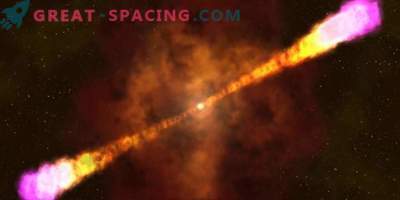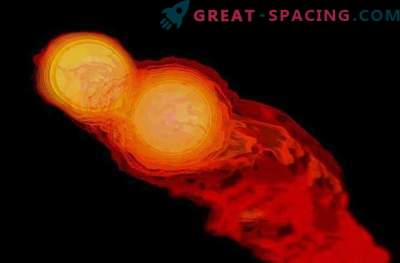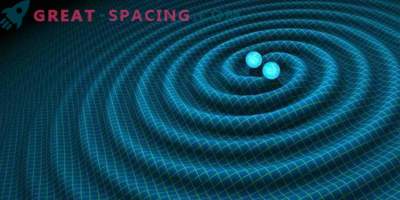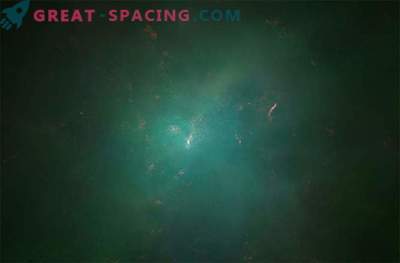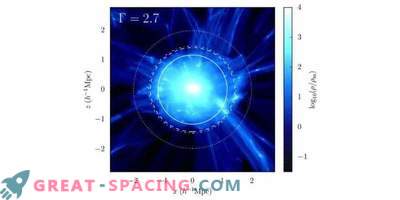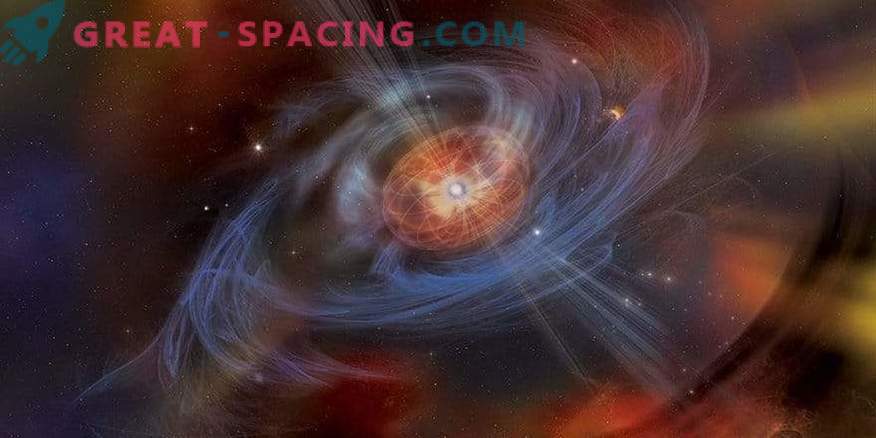
Scientists have presented a powerful tool for describing and classifying gamma-ray bursts (GRB), which can be used as identifiers of the history of the universal expansion.
GRB - the most powerful high-energy events with a duration of existence from a few seconds to hours. During this time period, they manage to allocate the energy volume, equal to the solar emission over the entire lifetime. They were found in great remoteness, so the light traveled from the moment when the space occupied 1/1000 from today's size.
The review behind them has been going on for several decades, but we still have a modest amount of data on the mechanisms of creation. It is believed that these may be massive stars, neutron fusion or deceleration of magnetized stars.
GRB come across in much earlier epochs than supernovae, so the study of their internal luminosity will help track the history of the universal expansion. The new analysis shows that the review of the less vigorous, but longer phase of the afterglow will allow defining the GRB subclass. From here, a three-parameter correlation arises, defining a plane, where the length, width, and height represent the necessary values. The team divided the sample into categories: a plane (golden GRB) and GRB with clearly defined and less steep x-ray plateaus. The analysis demonstrates even less variation in comparison with the planes of other classes.
There is also evidence of a different physical origin for short GRB with extended emission. This applies to the field of gravitational wave astronomy, where one can expect a clear signal of communication with the events of a short or long GRB association.
Researchers are plunging deeper into identifying a diverse mix of gamma ray types. They are preparing a special program that will be able to identify the physical mechanisms responsible for the creation of various types of GRB.
